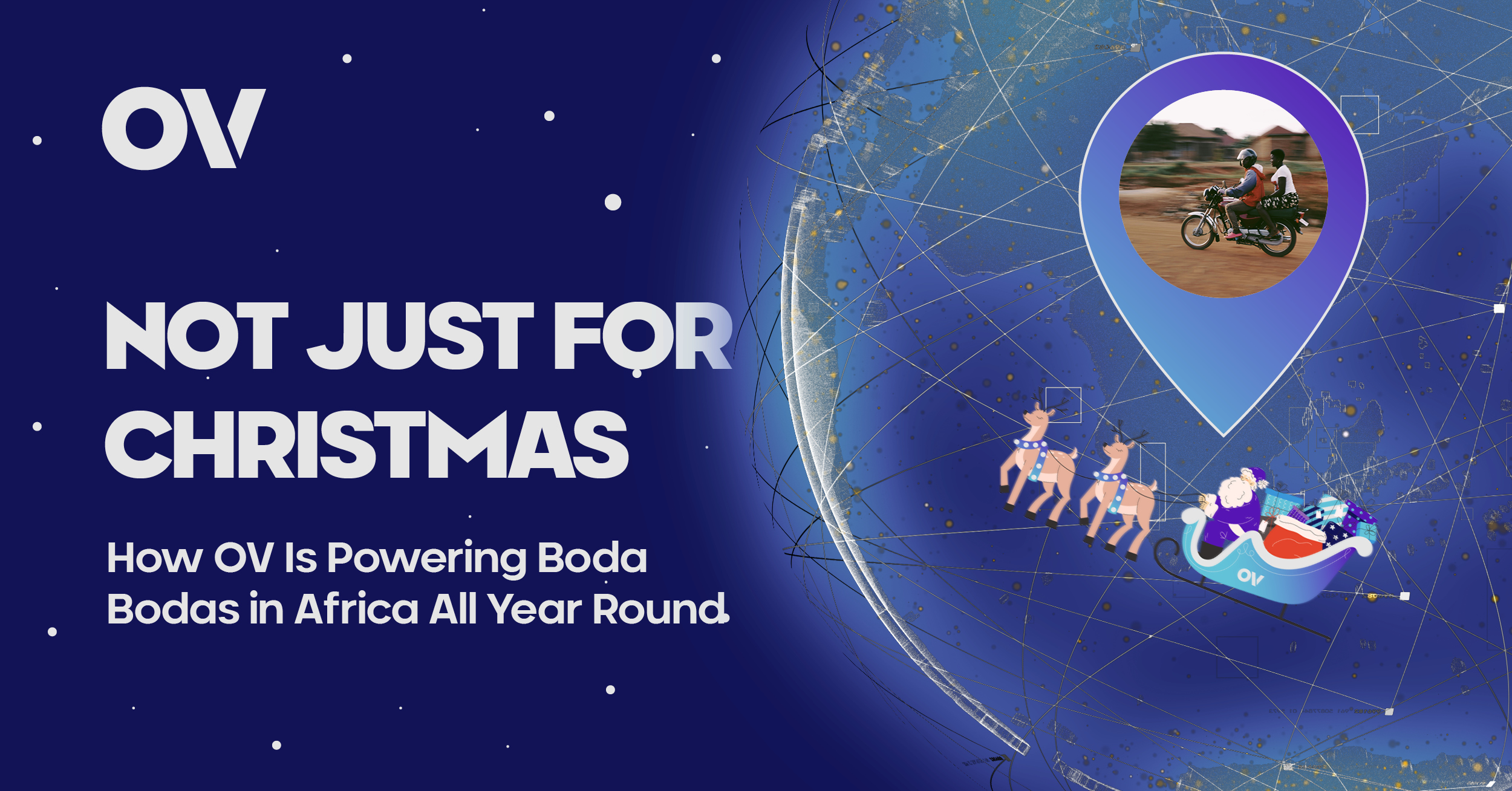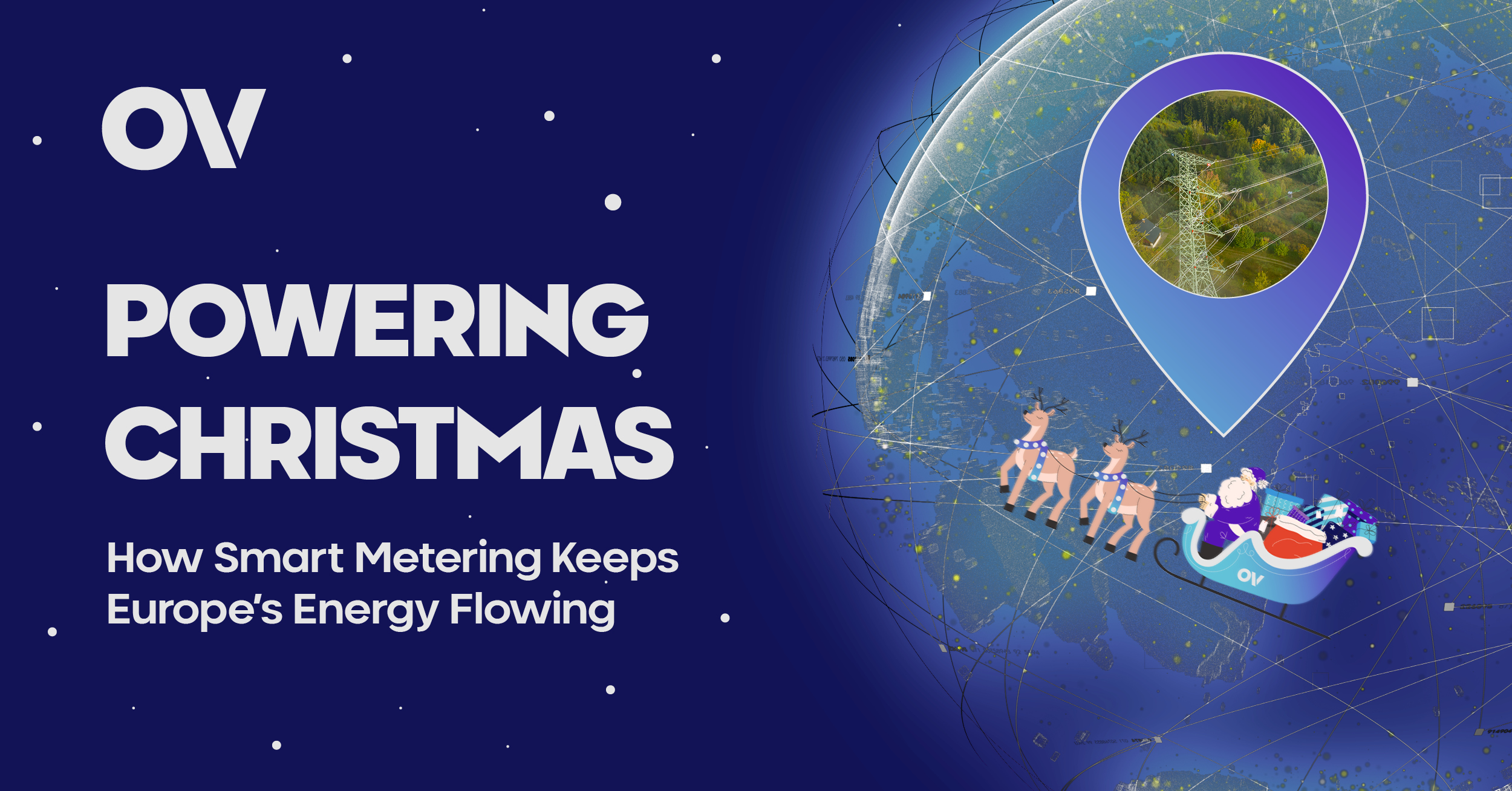Originally published
February 22, 2024
Last Updated
July 8, 2025
This Valentine’s day we are diving into the rhythm of our hearts, not just metaphorically but through the lens of technology. While the concept of using IoT for heartbeat tracking isn’t entirely new, it’s becoming more prevalent. Wearables, like fitness trackers, smartwatches, and chest bands, have become integral parts of the Internet of Things (IoT). This surge is fuelled by advancements in sensor technology, software, and a growing demand for remote health monitoring.
The Healthcare Landscape
The aftermath of the pandemic, coupled with an aging population and a shortage of healthcare professionals, emphasises the need for precise and efficient health tech solutions. But amid this chaos, questions arise about the reliability of IoT devices. Can they genuinely make healthcare more patient-centric and efficient, or do they contribute to the discord of established processes?
IoT in Health Monitoring:
Navigating towards a future where the World Health Organization predicts a shortfall of 10 million health workers by 2030, and a quarter of Europe and America’s population will be aged 65 or older by 2050, efficient and patient-centric healthcare becomes crucial. Enter IoT healthcare technology, poised to soften the blow on our healthcare systems.
Market Trends and Projections:
Individual devices such as heartbeat trackers, sugar level checkers, and blood pressure monitors are gaining momentum, with wearables leading the way. The market is projected to exceed $184 million by 2031, with IoT heart rate monitoring expected to generate $45 billion in revenue by the end of 2033. Interestingly, it’s not just individuals driving this demand; hospitals and clinics are recognizing the urgent need for optimizing care for chronic patients and shifting towards prevention.
Evolution and Integration:
Envisioning the future, we anticipate the trend evolving into intricate patient-centric systems, intertwining IoT with telemedicine and advanced data processing solutions. Companies are exploring innovative ways to harness IoT for real-time heartbeat monitoring, creating a symphony of innovation in healthcare.
Real-World Applications:
In both recreational and clinical settings, heartbeat tracking solutions are proving their significance. Healthcare institutions opt for specialised devices like ECG monitors, implantable loop recorders, and cardiac telemetry wearables, offering continuous monitoring, symptom-enablement, and streamlined information recording.
Technical Cadence of IoT Heart Monitoring:
Embarking on the technical cadence, IoT devices equipped with ECG and PPG sensors gather raw data, measuring changes in blood flow and electrical activity. The transformative journey involves wireless data transmission through Bluetooth or Wi-Fi, robust processing mechanisms, and machine learning as the marvel of data analysis.
Navigating Challenges:
Despite promises, challenges persist. Sensor accuracy, real-time data transmission, data security, and integration with other systems require a harmonious approach. Much like composing a symphony, achieving precision, efficiency, and security demands expertise and dedication.
Looking into the Future:
As we look into the future, IoT health monitoring gleams with promise and potential. The integration of IoT with telehealth services heralds a new era of patient-centric care, embodying the spirit of unity and cooperation between healthcare providers and patients.
In this love story with health monitoring, IoT emerges as the heartbeat of innovation, offering a symphony of care that resonates with both healthcare professionals and end-users.
READ MORE
DISCOVER MORE NEWS AND DEVELOPMENTS IN IOT & GLOBAL CONNECTIVITY





